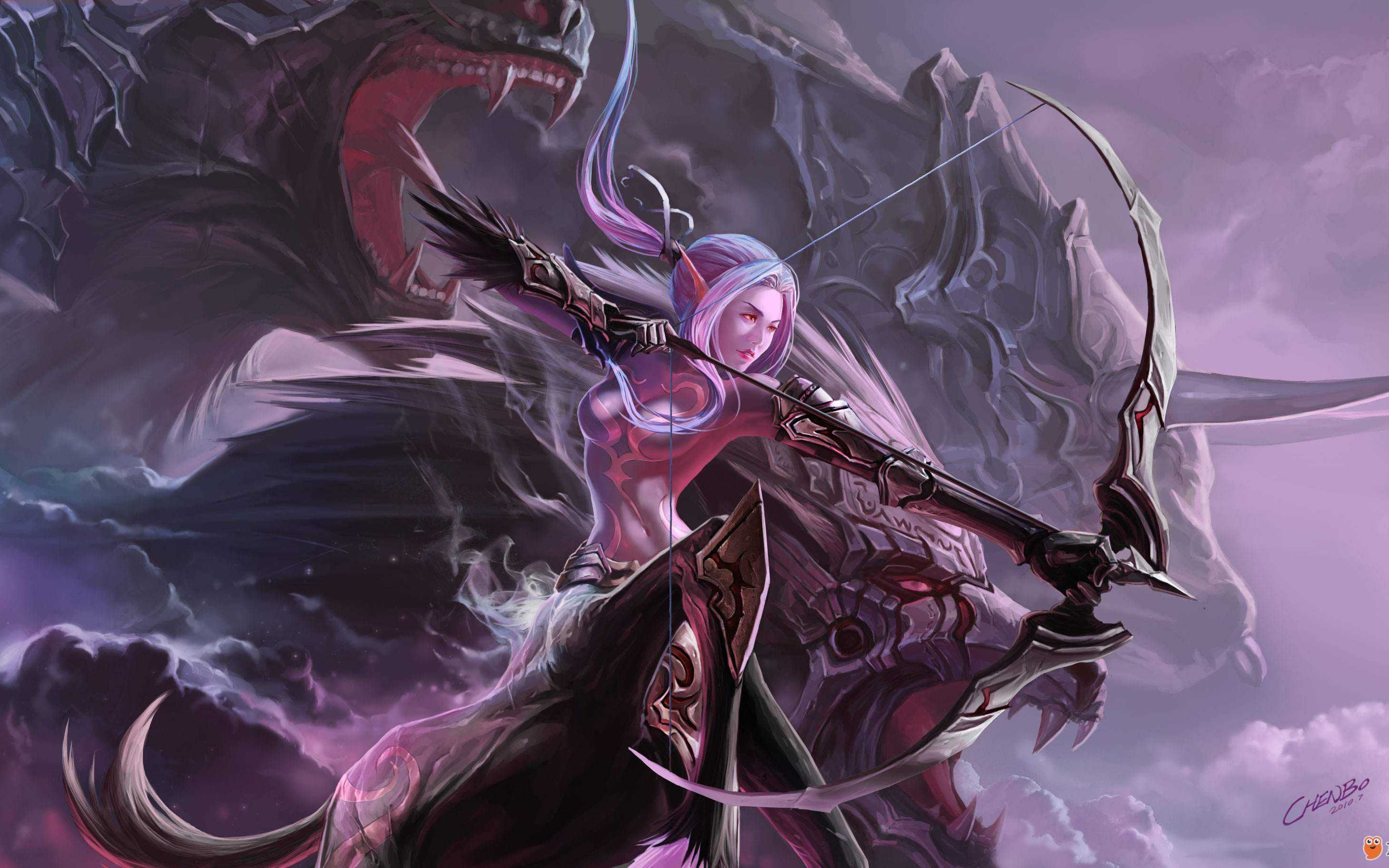Deep Game News: Unearthing the Industry's Hidden Gems
The video game industry, a behemoth of modern entertainment, is often viewed through the lens of major announcements, blockbuster releases, and corporate acquisitions. Yet, beneath this surface of glossy trailers and quarterly earnings reports lies a deeper, more intricate world—a tapestry woven with fascinating secrets, untold stories, and surprising insights. This is the realm of Deep Game News, where we look beyond the headlines to explore the little-known facts that shape the games we love.
The Phantom Code: Content That Never Was
Every gamer has fantasized about hidden levels or secret characters, but the reality of "cut content" is a profound insight into the creative process. For instance, early builds of the iconic BioShock Infinite featured a completely different companion for Booker—a male, hulking brute called the Bull instead of the beloved Elizabeth. This character was designed to be more combat-oriented, fundamentally altering the dynamic we now know. This shift wasn't just a design change; it was a narrative epiphany that redefined the entire emotional core of the game.
Similarly, the original Dark Souls contained an entire unfinished area known as the "Northern Asylum." Data miners discovered maps and enemy placements pointing to a return to the Undead Asylum from a different, snow-covered entrance. This cut content reveals the immense, often heartbreaking, scope that developers envision before technical constraints and deadlines force difficult decisions. These digital ghosts are not just leftovers; they are archaeological evidence of a game's evolution.
The Whisper Networks: Industry Insights Beyond LinkedIn
How games are made is often as compelling as the games themselves. A little-known insight is the pervasive use of "greybox" or "whitebox" prototyping. Before a single texture is applied, levels are built using rudimentary geometric shapes. The famous multiplayer map "Nuketown" from Call of Duty: Black Ops was perfected for months as a plain grey playground, ensuring its gameplay balance was flawless long before it got its iconic 1960s suburban aesthetic.
Another critical insight is the "crunch" culture, which, while increasingly reported, has deeper, more nuanced layers. Some studios, like those under Xbox Game Studios, have begun implementing strict "no-crunch" policies, utilizing new project management techniques adapted from other tech sectors. Conversely, the indie scene has developed its own support systems, with developers often sharing proprietary tools or code anonymously to help struggling peers hit a deadline, a practice seldom highlighted in mainstream news.
The Easter Egg Economy: Secrets as a Social Currency
Easter eggs have evolved from simple developer signatures into complex, community-driven puzzles. The hunt for secrets itself has become a meta-game. A prime example is the years-long mystery surrounding the elusive "Chiliad Mystery" in Grand Theft Auto V. What began as a strange mural on a mountain side spawned a dedicated subculture of players who dissected game files, correlated in-game events, and developed elaborate theories. Rockstar Games masterfully fostered this engagement, occasionally adding new cryptic clues via updates, turning a secret into a perpetual engagement tool.

This "Easter Egg Economy" has tangible value. Games renowned for their deep secrets, like Warframe or Destiny 2, foster incredibly dedicated communities. The discussion, speculation, and collaborative problem-solving around these mysteries generate endless free content and player retention, a metric far more valuable than short-term sales spikes. It's an insight into modern game design: the game doesn't end at the credits; it continues on forums and YouTube channels.
The Regional Riddle: Lost in Localization
A deep and often overlooked facet of game news is the impact of regional development and localization. A game's content can vary dramatically across territories due to cultural sensitivities, hardware differences, or even regional folklore. For example, the PlayStation classic Silent Hill features different otherworld sequences and enemy placements in the Japanese version compared to the Western release, based on cultural perceptions of fear and the unknown.
Furthermore, some games are practically remade for different regions. The Nintendo DS game Dragon Quest IX: Sentinels of the Starry Skies had its entire online multiplayer and downloadable quest system redesigned for Western audiences because the original infrastructure relied on features that were not supported outside of Japan. This level of effort, rarely making headlines, highlights the immense challenge and respect involved in bringing a game to a global audience, ensuring it feels both foreign and familiar.
The Hardware Hacks: Repurposing with Purpose
Finally, a fascinating insight lies in the unintended second life of game hardware. The Nintendo Wii's motion-sensing technology, the Wiimote, was not just a gaming peripheral. Its low cost and accessible infrared and accelerometer technology made it a darling of DIY innovators and the scientific community. Researchers have adapted Wiimotes for use in everything from cost-effective interactive whiteboards to physical therapy rehabilitation tools and even as controllers for underwater robots.
Similarly, the PlayStation 3 was once highly sought after by researchers and hackers because of the unique architecture of its Cell processor. In the late 2000s, it was considered one of the most cost-effective ways to build a supercomputing cluster for scientific modeling. This repurposing of gaming technology for serious applications is a testament to the power and innovation that drives the industry, often creating ripple effects far beyond entertainment.
In conclusion, the deepest game news isn't always about what's next; it's often about understanding what's already there. By examining the cut content, development practices, community secrets, localization efforts, and hardware legacies, we gain a richer, more complete appreciation for the video game industry. It's a world built not just on code and graphics, but on passion, ingenuity, and countless stories waiting just beneath the surface.


















